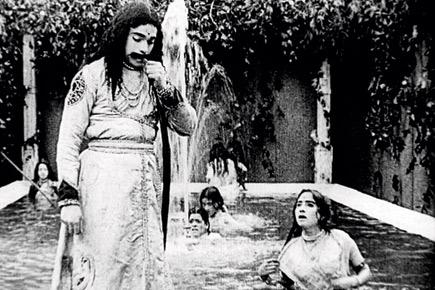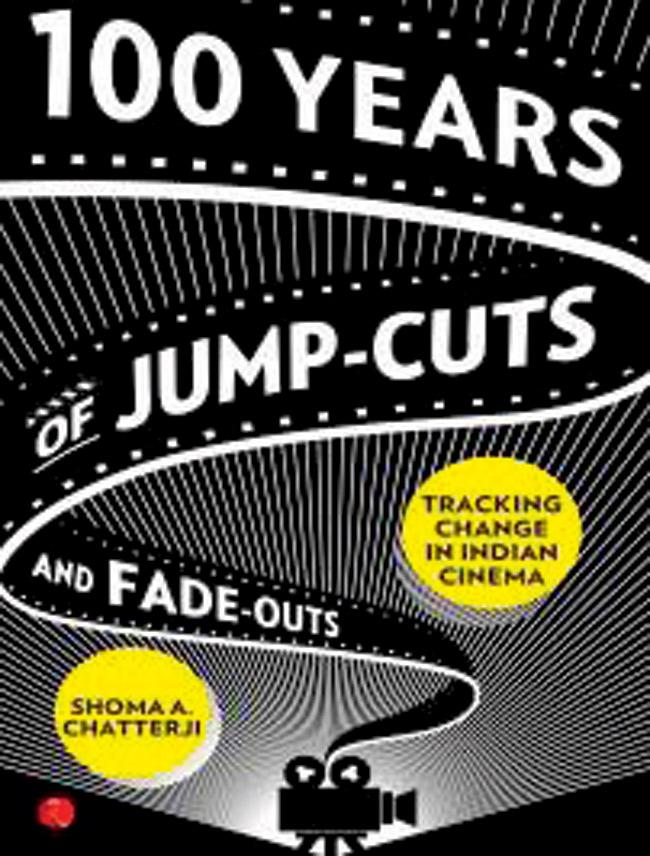This is a bit of a mixed bag. It's a great introduction for those who assume Indian cinema has little to offer other than item numbers, people running around trees and scripts full of holes

A still from the film, Raja Harishchandra, Indiau00e2u0080u0099 first full-length feature film
This is a bit of a mixed bag. It's a great introduction for those who assume Indian cinema has little to offer other than item numbers, people running around trees and scripts full of holes. For readers who fall into that category, Shoma A Chatterji is more than qualified to connect the dots and come up with an introduction that puts today’s industry as a whole into perspective.
ADVERTISEMENT

A still from the film, Raja Harishchandra, India' first full-length feature film
For those who have a fair idea of what’s been happening on the big screen over the past couple of decades though — a huge number, obviously, considering our continuing obsession with Hindi film stars — this may not be more than a vaguely interesting primer about how the industry has grown since its first full-length feature film (Raja Harishchandra) in 1913.
There is some attention paid to lesser-known films and filmmakers, of course, but it often comes across as cursory.
The notion of using film theory to understand the medium’s relationship with our reality isn’t as prevalent as it ought to be, which explains why our cinema continues to be looked at as entertainment and little else. It also explains why the term ‘parallel cinema’ exists.
Much more needs to be done to understand why it has evolved the way it has, why it shies away from certain subjects or underplays its inherent sexism. Until serious scholars tackle those subjects, one must make do with efforts like this, where Chatterji, at least, does us the favour of describing how the item number evolved.

100 Years of Jump-cuts and Fade-outs: Tracking Change in Indian Cinema, Shoma A Chatterji, Rupa, Rs 395. Available at leading bookstores.
 Subscribe today by clicking the link and stay updated with the latest news!" Click here!
Subscribe today by clicking the link and stay updated with the latest news!" Click here!






